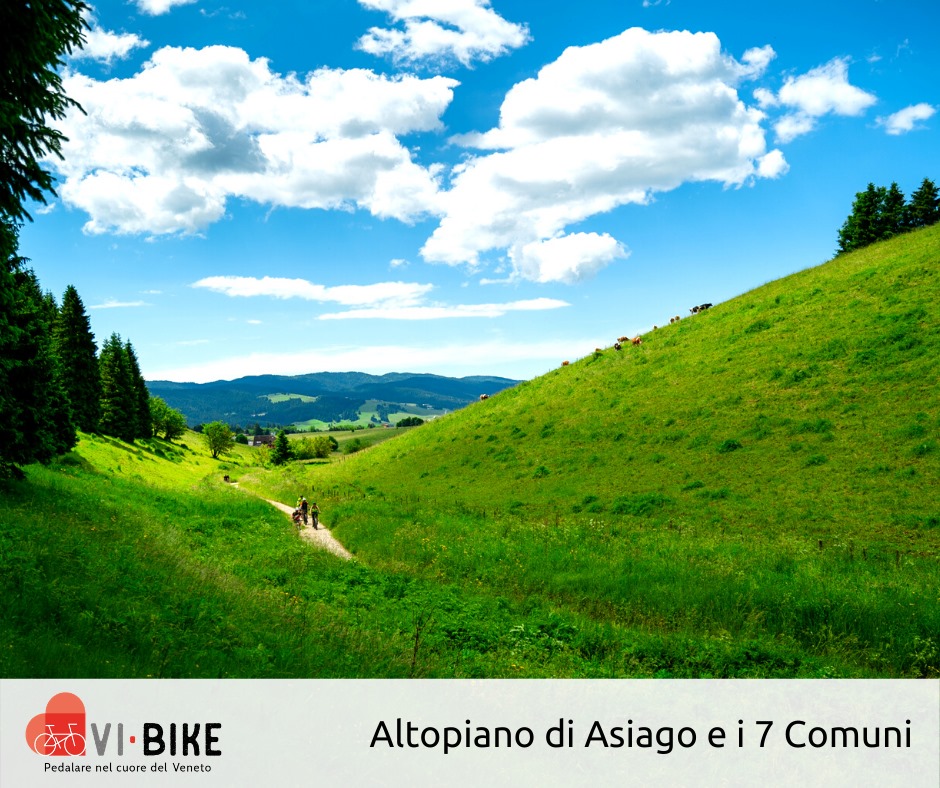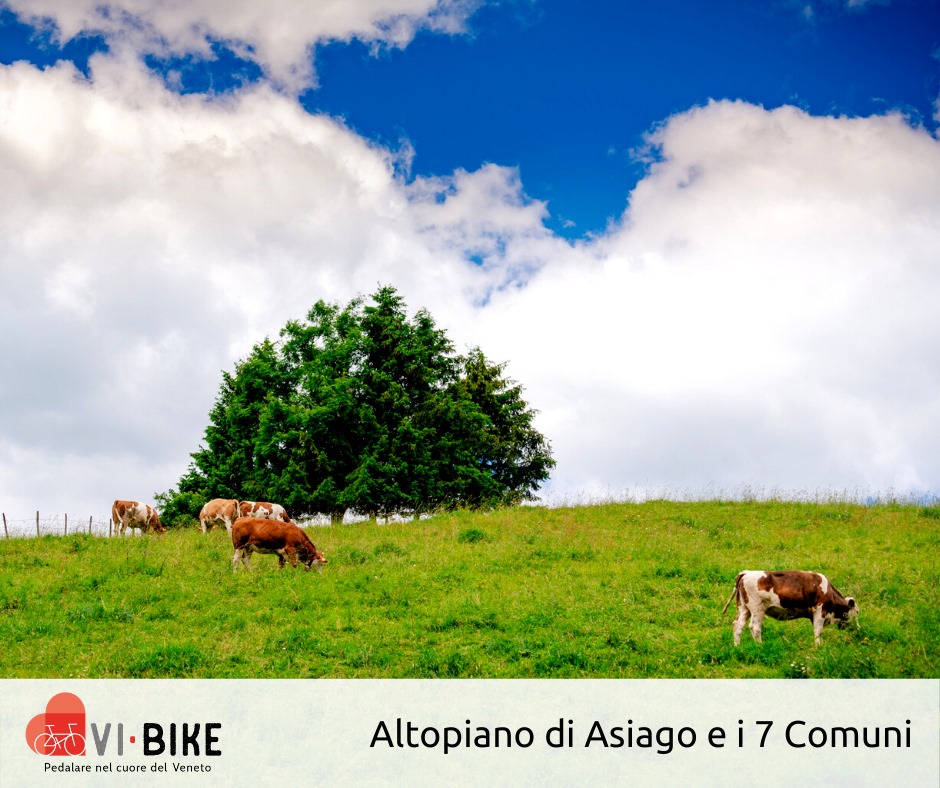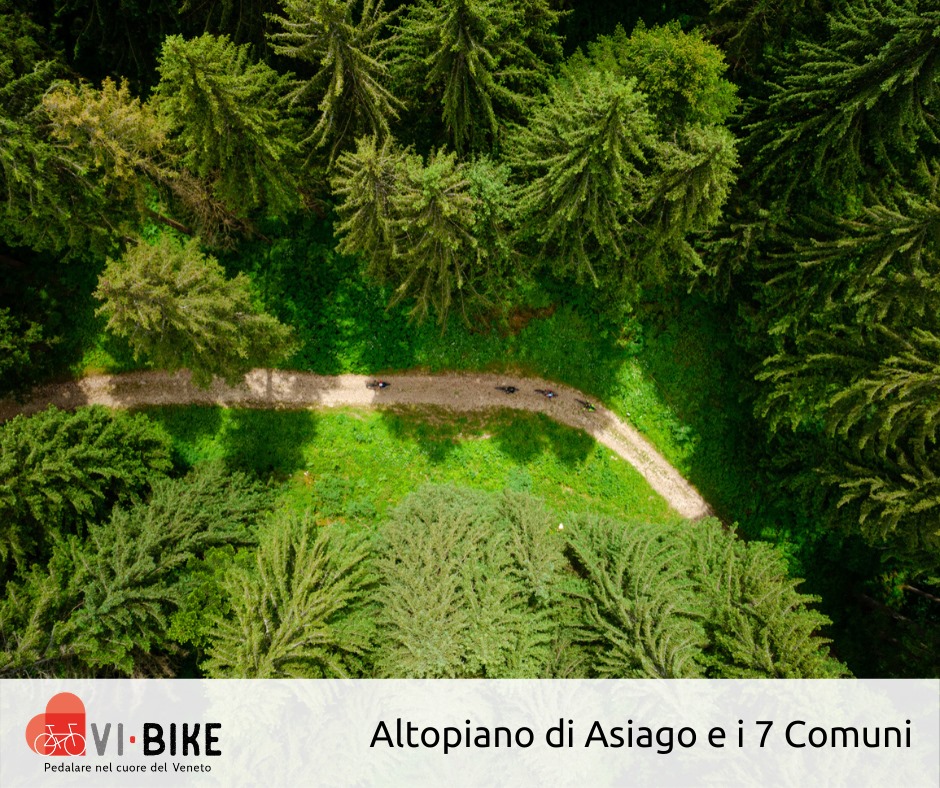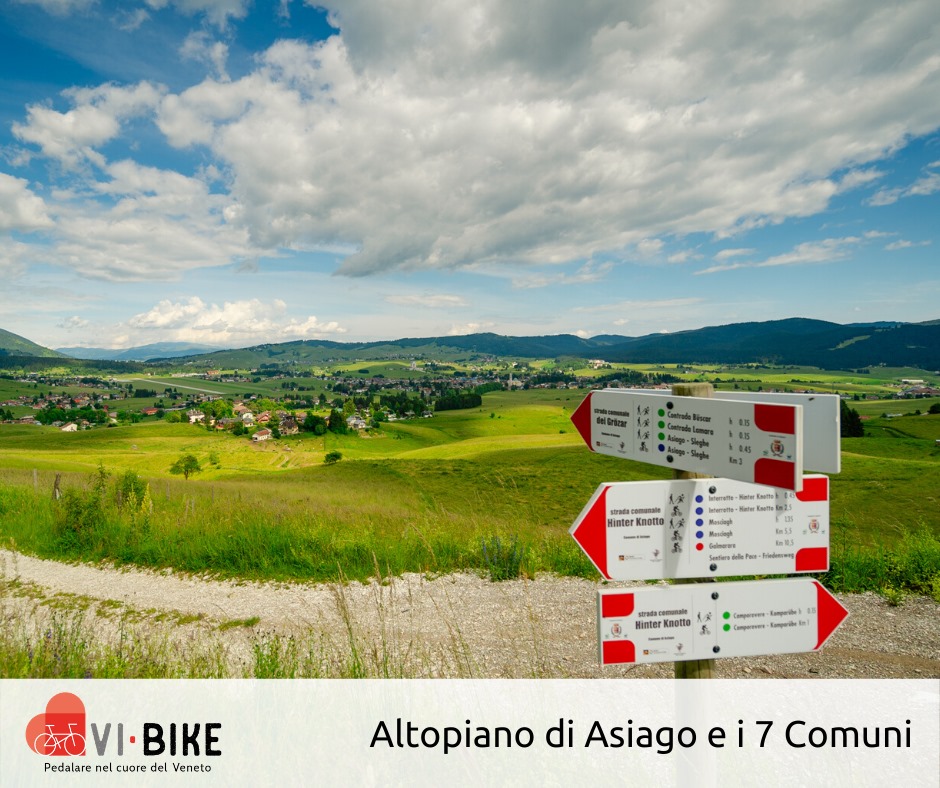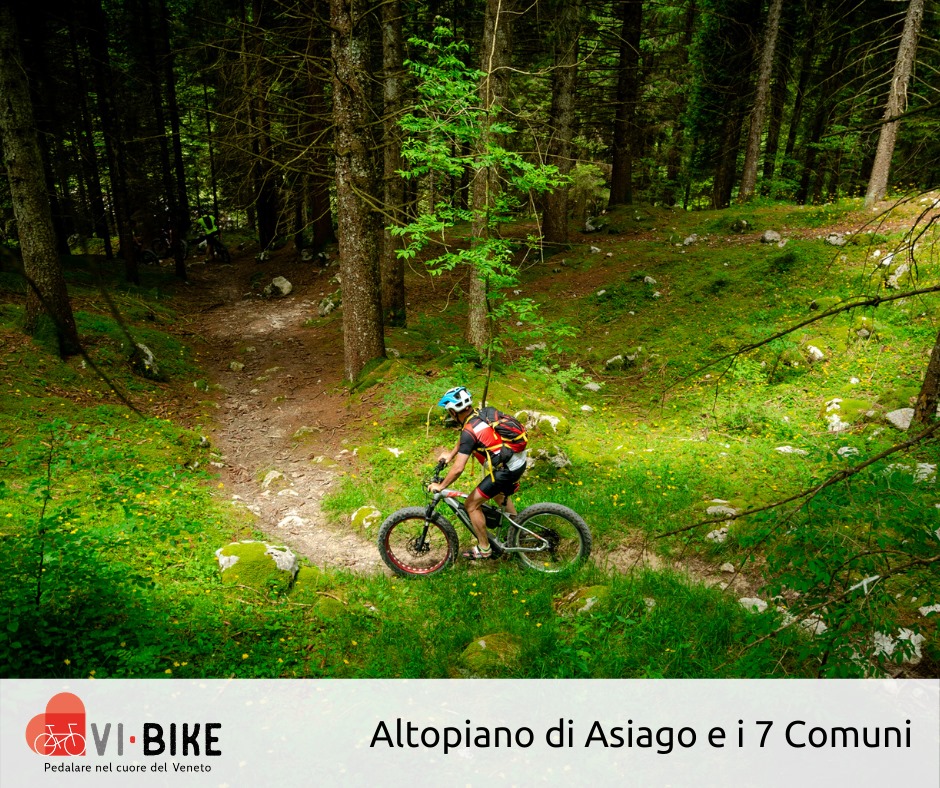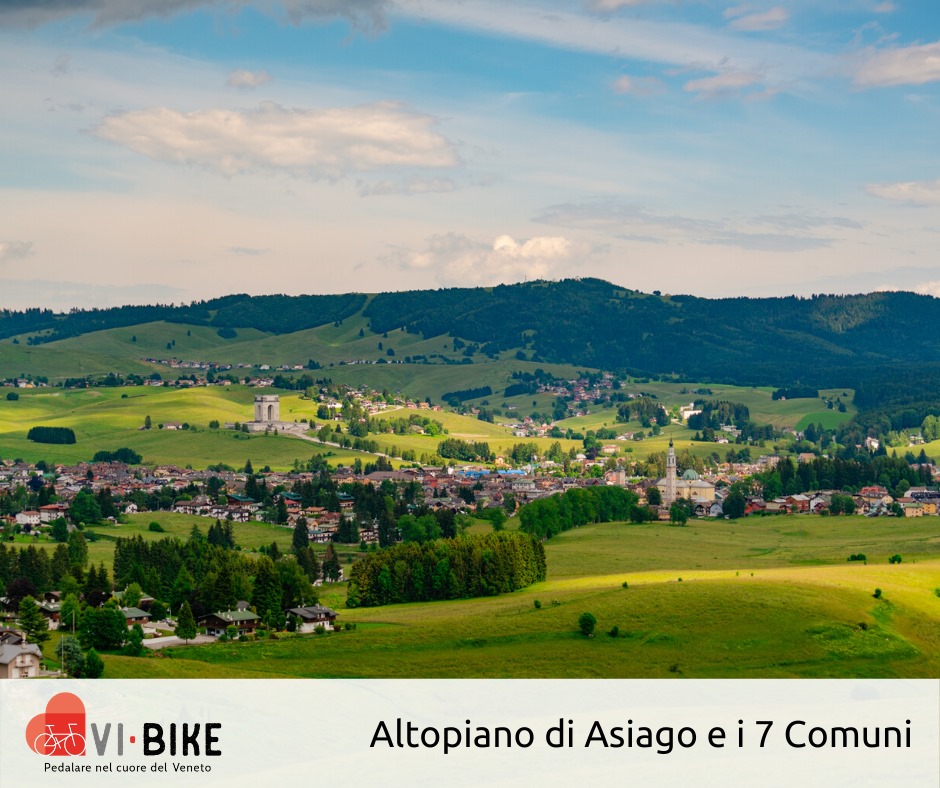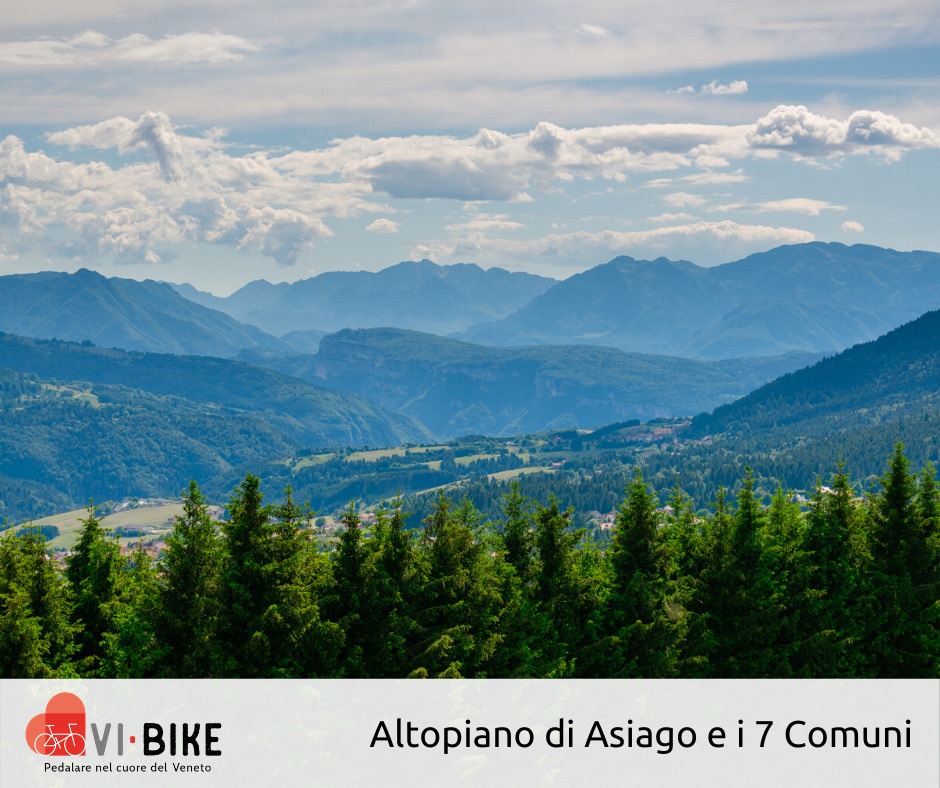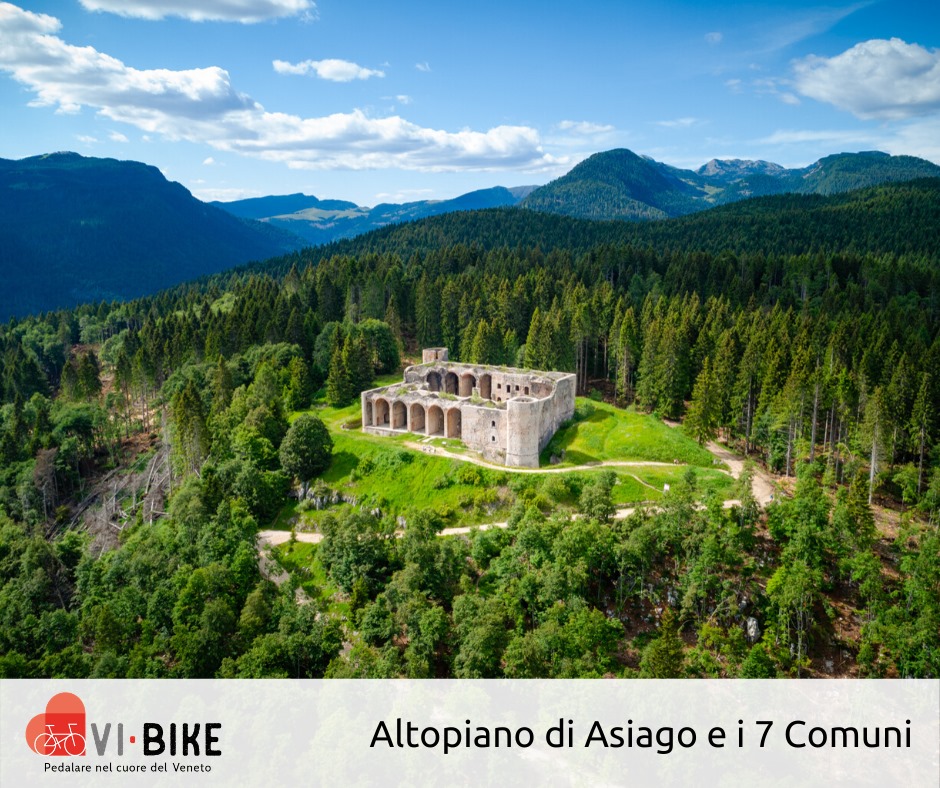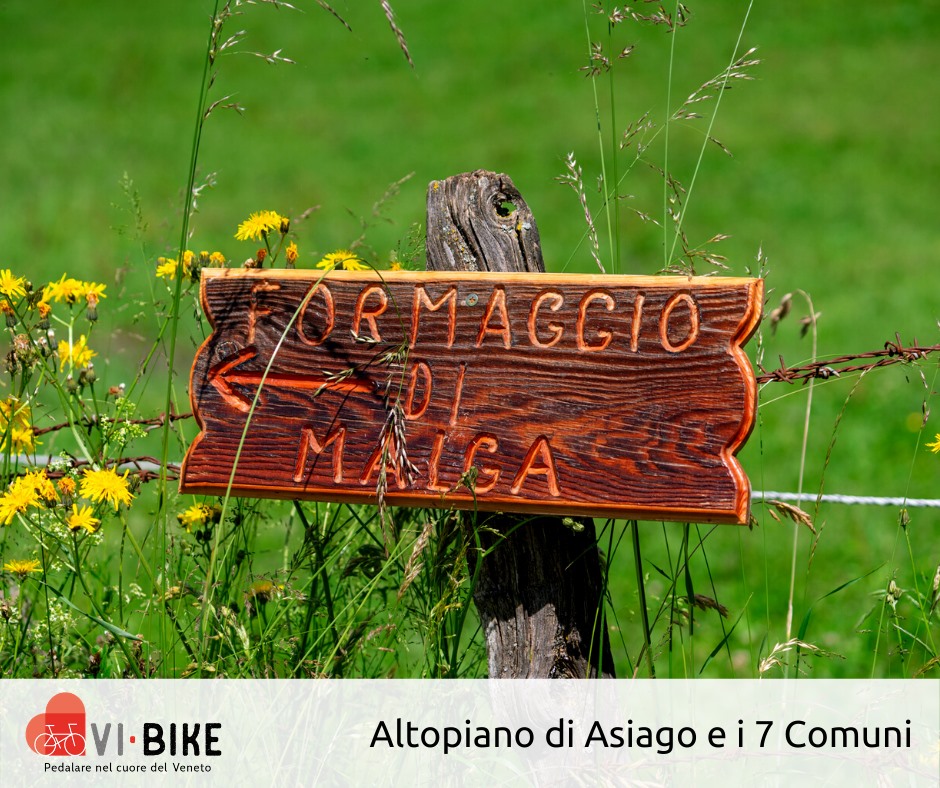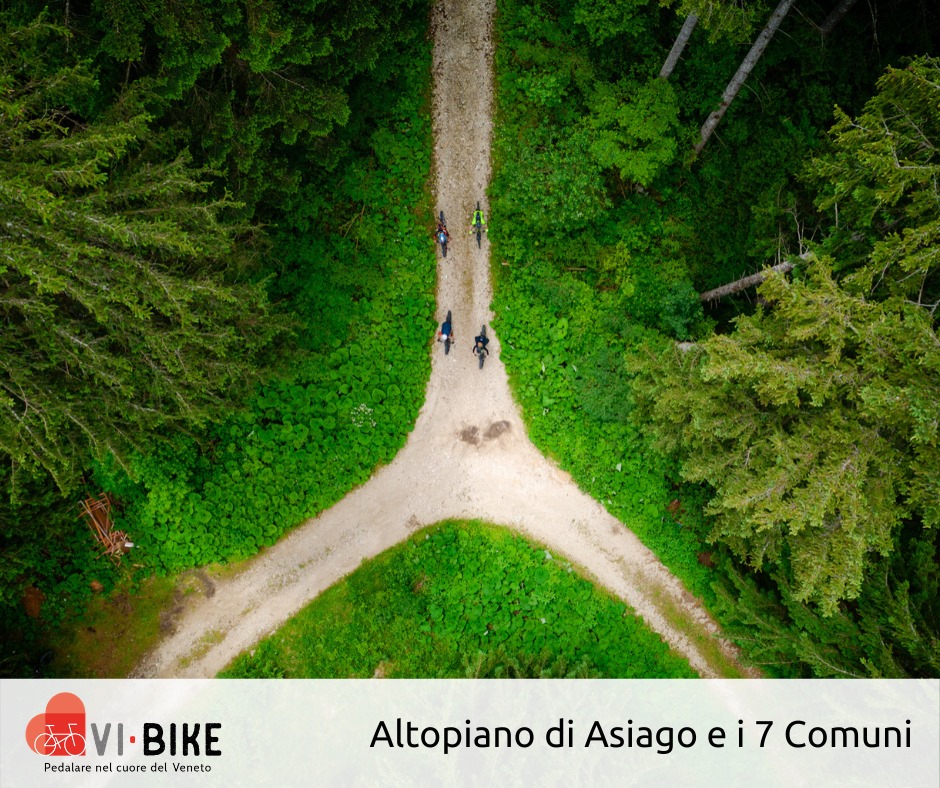Vertical horizons
Loop itinerary of Asiago Plateau.
Horizontality and verticality are the signature elements of the Asiago Plateau’s morphology, the ideal land for mountain and photography lovers. The aerial perspectives of the hills, the ridges and peaks alternate while traveling at the edge of this land, suspended among the Assa Valley, the Dolomite peaks, the ramparts of Mount Cengio and the Pianura Padana. Get to know the whole Plateau with this tour: the Alpine cottages, the green meadows, the forests of the Barenthal area, the winding pastures of Asiago and the beautiful cycle lane built on the layout of the old railway to Schio.
The heroes'path
The symbolic places of the First World War and an extraordinary territory filled with natural beauties may be contrasting elements, but their combination will leave visitors in awe. This is a tour where the landscape is the main protagonist with its dense coniferous forests, the remains of forts, trenches and memorials of the Great War, the limestone caves: the very same landscape the soldiers saw in the past. From Monte Interrotto, a priviledged vantage point on the dip of the plateau, to the Val Galmarara with its quaint cottages and from the pastures of Marcesina to Val Frenzela, passing through the area of Monte Ortigara.
Between Cimbrian legends and stories
The itinerary begins from Asiago, along the ancient railway that leads to Canove, from which you can easily reach Roana by crossing the Historic Bridge rebuilt after WW1.
Most of the itinerary winds along the new cycle lane from Folgaria to Roana and the military route that connects the latter with the neighbouring town of Rotzo. The path goes through a wood of spruces and beeches, passing by meadows and huts, typical elements of the high plateau. Following one of the many possible detours, you can reach Altar Knotto, interesting place for its geological structure and magical scenery of Cimbrian legends. From Campolongo hut, on your way back you can make a detour to reach Fort Campolongo, one of the most important places during the Great War in spring 1915.




